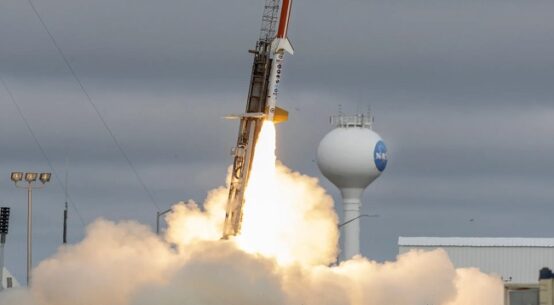Global food inflation is a major problem that goes unnoticed by the media in general. Politics is more exciting so the issue comes only when linked to it. Street movements are more interesting than data on extreme food denial. The causal factors that lead to many of these unrests are ignored. Two cases in point are Sri Lanka and Iran.
Iran’s inflation misery
Iran was considered an economically stable country but events show that era is largely over.
Iran’s overall annual inflation rose to 41.5 percent according to the Statistical Center of Iran (SCI) at the end August 2022. The rate has accelerated since May.
Rents, medicine, restaurant food, and snack foods have gone up but prices of chicken and hydrogenated cooking oil dropped slightly. However, this was marginal and so was the effect as prices were already very high. General food price inflation continues to hit Iran which is continuing for the last several years.
“The overall nationwide point-to-point annual food inflation rate in June 2022 compared with the same period in 2021 was 87 percent but the rate reached 100 percent in parts of Iran.” (SCI)
Prices sprinted up since May when Iran decided to drop a food import subsidy costing $15 billion dollars every year. It was billed as the ‘great economic surgery’ but led to extreme price rise for food staples, such as bread, pasta, dairy products, cooking oil and meat.
Iranian media report that President Ebrahim Raisi announced on TV that the government would pay a monthly stipend of “around 4 million rials (about $15) to 30 percent of the population at the lowest-income groups, and around 3 million to 60 percent of the population. The 10 percent at the highest income level would receive no cash handouts”
It’s obvious that such payments could be worth as high as $10 billion annually which means more money printing and hence more inflation. Food subsidies had less risk of inflation.
“Economists say lower income people experience a higher rate of inflation as they spend more of their income on essential foods and often forsake anything deemed as luxury. With back-to-back high inflation since 2018, many missile class people have dropped to low-income status.” Tejarat News
Lowest income groups spend more than 40% of their budget for food while the better off spend less than 17% in Iran. Iranian media says that goods are not in shortage but buying is less.
Mahasa Amini and US sanctions
Meanwhile, media coverage is focused on the death of activist Mahasa Amini who died while in custody. She was arrested for wearing “inappropriate clothes” as described by the Iranian police. Al Jazeera reports, “the US Department of the Treasury sanctioned the country’s “morality police”, as well as seven leaders of Iranian security organisations that it said “routinely employ violence to suppress peaceful protesters and members of Iranian civil society, political dissidents, women’s rights activists, and members of the Iranian Baha’i community”. This basically means the Islamic Revolutionary Guard Core ( IRGC) or the “morality police”.
Iranian police have denied “torturing her to death” in custody but the public resentment against the official world is high among the younger section that have held demos and chanted slogans. The Iranian regime’s source of strength is the lower income groups but if they are hit hard as it’s happening now, political turmoil is inevitable.
That doesn’t translate into regime change as many are hoping but the turmoil is here to stay. Once more, events show that economics, not ideology, decides the fate of states.

